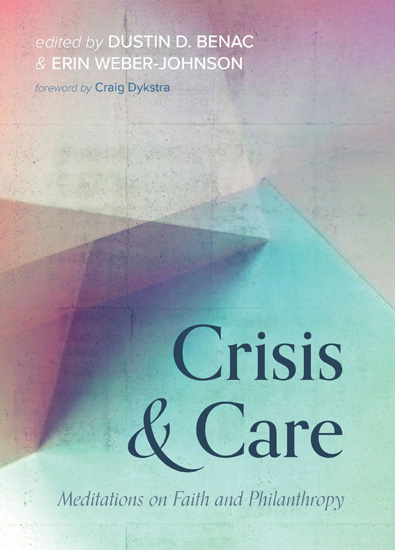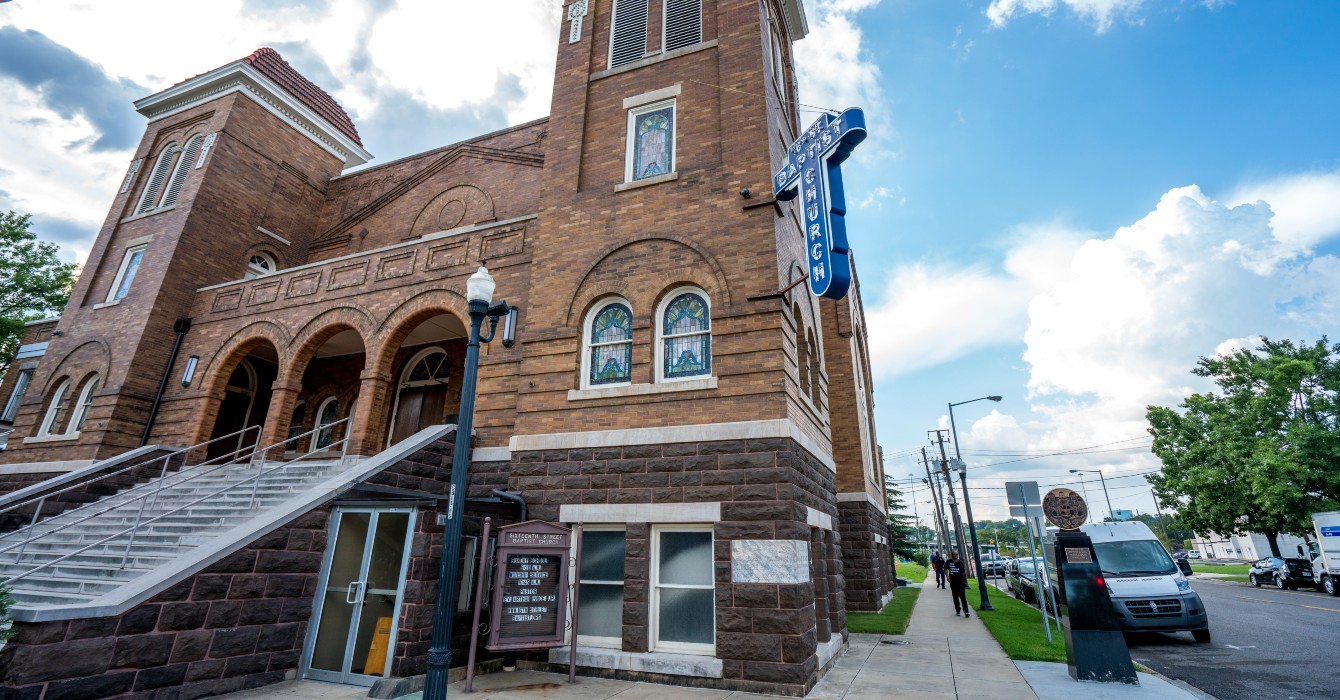The Rev. Cindy Gregorson is calling for a ban on congregations’ charging for coffee and donuts on Sunday mornings.
If churches want to develop cheerful, generous givers, churchgoers need to see and experience God’s abundance, the director of ministries for the Minnesota Annual Conference of the United Methodist Church said on the conference’s website.
A gesture such as ceasing to nickel-and-dime churchgoers for refreshments can send a powerful message. And Gregorson is not alone in encouraging congregations to model hospitality as they seek to revive inactive members and reach out to a growing number of unaffiliated Americans.
The need to invest time, talent and treasure to ensure healthy churches may be even more important in a recession, when financial setbacks can accelerate a downward cycle, according to a developing body of research.
The Faith Communities Today 2010 study found that congregations that made it through recent years in good financial health were less likely to cut spending on mission or experience serious conflict that led to members leaving. Those congregations in which income declined, however, showed dramatically less worship attendance growth as well as diminished spiritual vitality and a smaller volunteer base, the report said.
Spending limited resources on programming to recruit new members and revive inactive members, however, can be a hard sell, particularly in difficult economic times. The core group of people increasingly hard-pressed to foot the bills may be difficult to persuade to give more for a population that -- at least initially -- donates little or nothing in return.
But, in addition to modeling Christian hospitality, the costly and seemingly risky investment in newcomers paves the way for some of them to become major contributors in the future, scholars say.
Overall, strong, growing churches fast-track new people into meaningful ministry roles, create additional small group experiences, such as prayer or study groups, and use multiple ministry methods and strategies “all the time,” according to the U.S. Congregational Life Survey.
In contrast, congregations that try to fit churchgoers into traditional boxes are running against the powerful cultural trends driving a more consumer-oriented approach to religion, some scholars say. Denominational loyalty often means less to church members than whether the services and prayer and worship experiences meet their expectations.
In their new book, “The Other 80 Percent: Turning Your Church’s Spectators into Active Participants,” Scott Thumma of Hartford Seminary and Warren Bird of the Leadership Network urge congregations “not to limit your church to one single model or a single ‘correct’ way.”
Part of the success of megachurches, Thumma said in an interview, is that they have multiple doorways, from rock climbing to Bible study, into the life of the community.
“The more of those doors you have, the more likely you are to tap into” an individual’s spiritual needs, Thumma said.
Economics researchers Marc von der Ruhr of St. Norbert College in De Pere, Wis., and Joseph P. Daniels of Marquette University in Milwaukee have found that giving churchgoers more options raises their level of commitment to the congregation, increasing the religious capital that leads to higher levels of satisfaction and participation in the church.
Offerings from sports teams to Bible study groups to multiple worship times can pay off in the long run. Newcomers who find a good fit generally are willing to give and volunteer more once the quality of the experience is known, they state.
Additional resources:
- National Congregations Study, Cumulative Dataset (1998 and 2006-2007)
- Baylor Religion Survey, Wave II (2007)
Not every change in programming or welcoming activity necessarily needs to be costly, church growth analysts also note. Gregorson says care can be communicated in small gestures as well, such as ditching the halved, day-old donuts, along with the collection basket, at the Sunday morning coffee hour.
Fresh pastry and coffee, anyone?
















